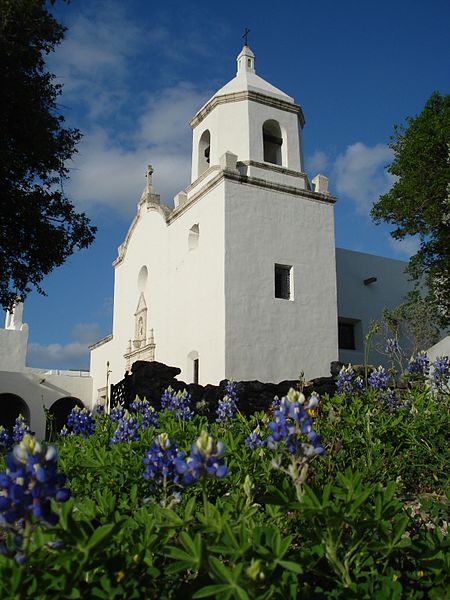
Situated in the serene landscape of Goliad State Park, Mission Espíritu Santo stands as a testament to the early Spanish missionary efforts in Texas. Originally established in the early 18th century, this mission played a pivotal role in the cultural and religious landscape of the region, serving as a center for the Christianization and settlement of the native population. Today, the mission’s well-preserved architecture offers a tangible link to the past, allowing visitors to step back in time and explore the rich tapestry of early Texan history.
A Historical Witness: The Evolution of Mission Espíritu Santo
Throughout its existence, Mission Espíritu Santo has been a silent observer to the unfolding of significant historical events that have shaped the local and state narrative. From its strategic role during the Mexican War of Independence to its involvement in the Texas Revolution, the mission has been at the crossroads of conflict and change. The preservation of this site allows current and future generations to connect with the complex history of Texas and the enduring influences of the Spanish colonial era.
The Mission’s Foundation: Beginnings and Objectives
The mission’s story begins with its establishment by Spanish missionaries, aiming to extend their religious and cultural reach into the New World. Named Mission Nuestra Señora del Espíritu Santo de Zúñiga and commonly referred to as Mission Espíritu Santo, it was a beacon of Spanish colonial intentions. Originally located near Matagorda Bay, the mission underwent several relocations before finding its permanent home in Goliad. It was here that the mission strived to fulfill its dual objectives of converting the native Karankawa Indians to Christianity and assimilating them into Spanish society.
Architectural Splendor and Preservation Efforts
Mission Espíritu Santo is a prime example of Spanish Colonial architecture, characterized by stucco walls, red tile roofs, and arched doorways, which collectively echo the cultural fusion of Spanish and indigenous designs. The mission’s preservation, initiated in the 1930s, continues to this day, ensuring that its historical and architectural integrity remains intact for visitors to appreciate. Through these efforts, the mission stands as a symbol of the past’s endurance and the ongoing commitment to historical education and preservation.
Witness to Historical Tides: The Mission’s Role in Texas’s Past
The mission’s history is interwoven with key events in Texas’s journey towards independence and identity. Its strategic importance was highlighted during the Texas Revolution, particularly in the lead-up to the tragic Goliad Massacre. This dark chapter in history, coupled with the mission’s resilience through periods of conflict and change, underscores the complex layers of Texas’s heritage and the mission’s place within it.
Cultural Impact and Modern-day Resonance
Beyond its historical and architectural significance, Mission Espíritu Santo has left a lasting impact on the cultural and religious landscape of the region. It served as a focal point for the spread of Christianity, education, and community development, influencing the cultural amalgamation that characterizes the region today. The mission’s legacy continues to be a source of study and reflection, offering insights into the early days of Texas and the blending of diverse cultures.
Exploring Mission Espíritu Santo Today
Present-day Goliad and its state park serve as guardians of this rich historical legacy, providing a platform for education, tourism, and cultural appreciation. Through guided tours, living history events, and educational programs, visitors to Mission Espíritu Santo can immerse themselves in the past and gain a deeper understanding of the forces that have shaped Texas. The mission remains a beacon of learning, a reminder of our shared history, and a bridge to the past in the heart of modern-day Texas.
So, why not take a step back in time and explore the historical wonder that is Mission Espíritu Santo in Goliad State Park? Immerse yourself in the stories, architecture, and enduring legacy of this crucial piece of Texas’s past. It’s not just a visit—it’s an experience that connects you with the rich tapestry of history that continues to shape the Lone Star State. Your journey into the heart of Texas history awaits!




